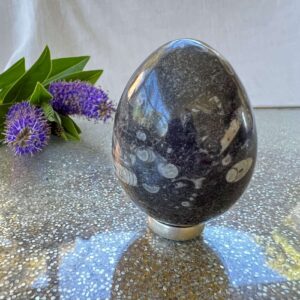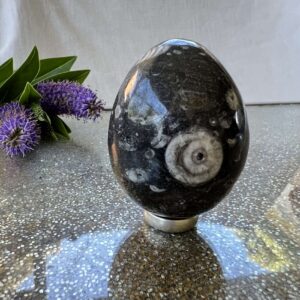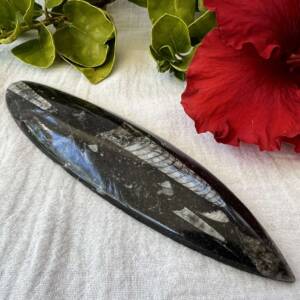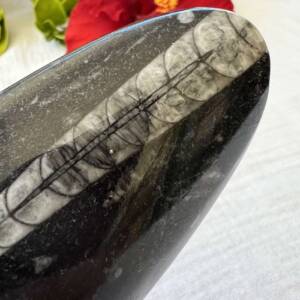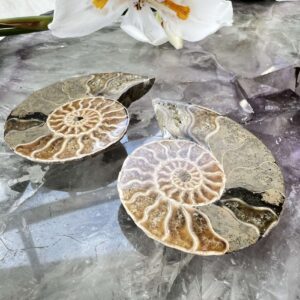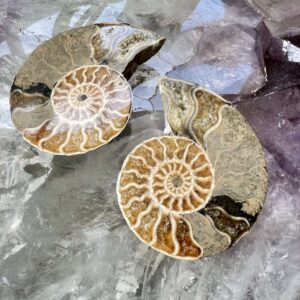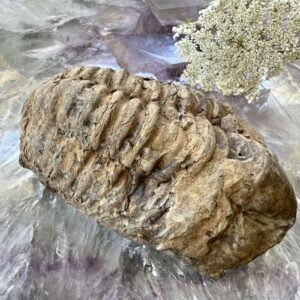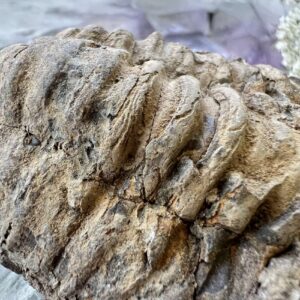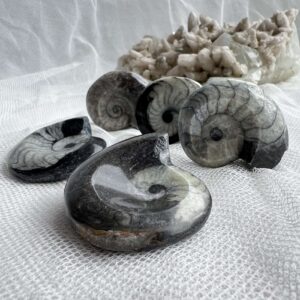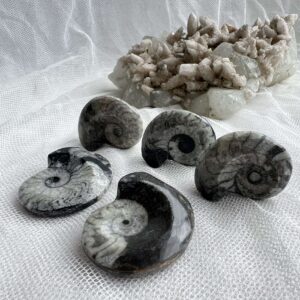Trilobite
There are over 20,000 species of these 'three lobed' arthropods. All of them are distinguished by having an exoskeleton and pairs of jointed appendages. Many species have been preserved, as the exoskeleton is easily fossilised, in other words, turned to stone and preserved in rock. Like other arthropods, trilobites would have moulted in order to grow, a process known as ecdysis. Both the animal itself and its shed exoskeleton can be found.
The vast majority of trilobites have been found in what were once marine environments although some species, it would appear, made it to land. There is evidence that some were predators while other species were scavengers, filter feeders and some were good swimmers consuming plankton.
While it is not clear why trilobites became extinct, there was a mass extinction event at the end of the Devonian period. The surviving trilobite order of Proetida finally succumbed to the largest mass die off event the planet has seen so far, at the end of the Permian period around 252 million years ago when 81% of marine species died out.

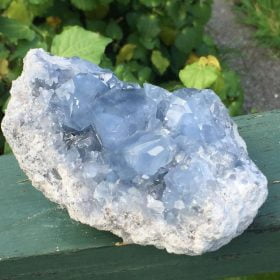
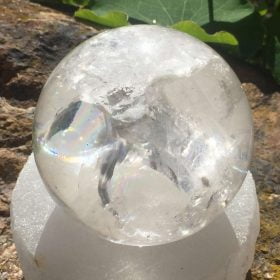
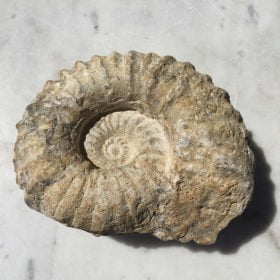
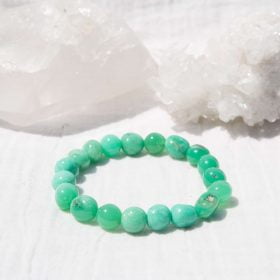
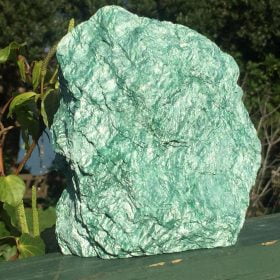
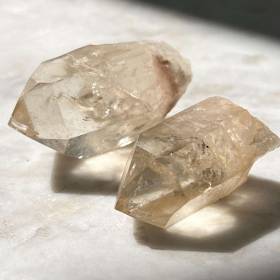
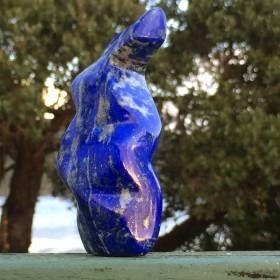
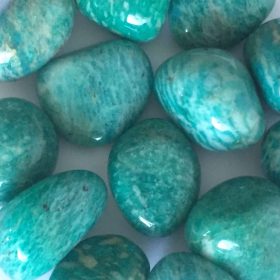








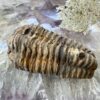
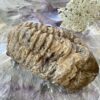
 Purchase this item and get
Purchase this item and get 